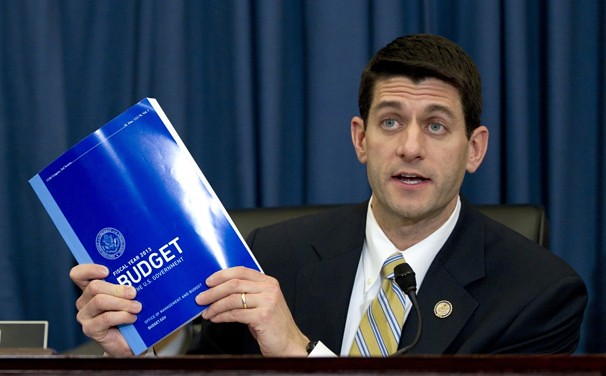Budget Process Update: Where Are We Now?
By
Chris Hellman
Posted:
|
Budget Process
The president submitted his fiscal year 2013 budget request to Congress on Feb. 13. Earlier this week, Congressman Paul Ryan (R-WI), chairman of the House Budget Committee, unveiled his draft budget resolution.

The role of the annual budget resolution is to set the overall spending limits that appropriators will use when they begin work on their annual spending legislation. The resolution sets overall spending limits for each government function, like agriculture, education and the military, but it’s the appropriators who decide what each individual program, like Head Start or energy research, will actually receive. For more on the annual budget process, see NPP’s “Federal Budget 101: Federal Budget Process.”
Chairman Ryan’s plan is already drawing fire from Democrats and is considered to be “dead on arrival” in the Senate.
And speaking of which, on the Senate side, nothing is happening. Senate Majority Leader Harry Reid (D-NV) has said on several occasions that the Senate will use the funding allocations set out in last year’s Budget Control Act to guide appropriators, and thus doesn’t plan on passing a Senate budget resolution. That's not really new news, though – the Senate hasn't adopted a budget resolution in two years.
Meanwhile, the Congressional Progressive Caucus is expected to release their alternative to the Ryan plan this week. Don’t expect to see many similarities between the two. Okay, don’t expect to see any. But watch the NPP website for a side-by-side analysis of the two proposals.